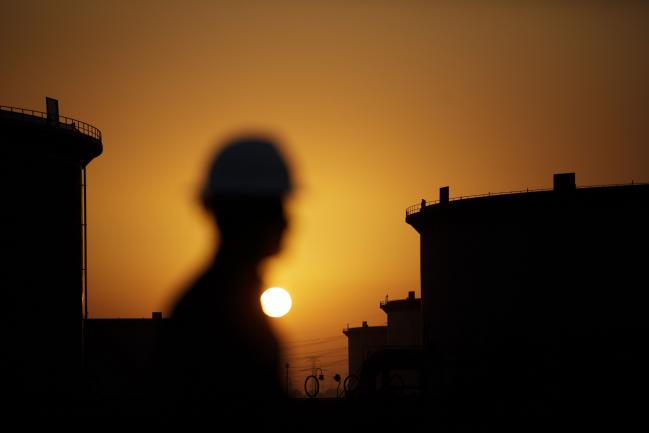(Bloomberg) — Saudi Arabia raised oil pricing for customers in its main market of Asia after optimism over coronavirus vaccines caused crude prices to climb to an nine-month high last week.
The increase, the biggest in five months, indicates the world’s largest oil exporter is confident global energy demand is strong enough to absorb a small boost in output from OPEC+ members next month and that supply will remain tight even with parts of Europe and the U.S. in lockdown.
State producer Saudi Aramco raised pricing for Arab Light crude for Asia by 80 cents a barrel to 30 cents above the benchmark. Aramco had been expected to increase pricing for the grade by 65 cents, according to the median estimate in a Bloomberg survey of seven traders and refiners.
The strength of the demand recovery will determine whether those increases hold. The Saudis had kept prices low for most of the fourth quarter as virus cases surged, crimping demand for crude. Saudi Arabia, OPEC’s largest producer, is the first of the group’s Gulf producers to release official selling prices, or OSPs, for the coming month and generally sets the trend for the region.
“Aramco views the demand picture in Asia as recovering to pre-pandemic levels, led mainly by China,” said Edward Bell, senior director for market economics at Emirates NBD PJSC in Dubai. “The outlook for the start of 2021 is for some fairly rapid year-on-year growth in China’s demand, so the appetite for Saudi crude is likely to be high, supporting the higher OSPs.”
See also: Saudi Arab Heavy Crude OSP Set at Parity to Lighter Oil for Jan.
Aramco also increased pricing for light crude grades to the Mediterranean region and kept them unchanged for northwest Europe. It lowered pricing for all grades to the U.S. to the lowest since May. Saudi exports to the U.S. have plummeted this year.
Lower U.S. pricing could indicate the Saudis want to make their crude more attractive to buyers ahead of an expected upswing in demand there next year, Bell said.
Brent Crude edged lower on Monday after rising 2.2% last week to $49.25 a barrel, its highest level since early March. The global benchmark is still down about 26% this year. While Asia is leading the overall global demand recovery, the virus resurgence in Europe and the U.S. continues to be a drag.
The Organization of Petroleum Exporting Countries and allies including Russia agreed last week to add 500,000 barrels a day to crude markets from January. That was less than the increase of 2 million barrels a day the group had agreed to in April, when it struck a deal to cut output by around 10 million barrels daily to prop up prices
